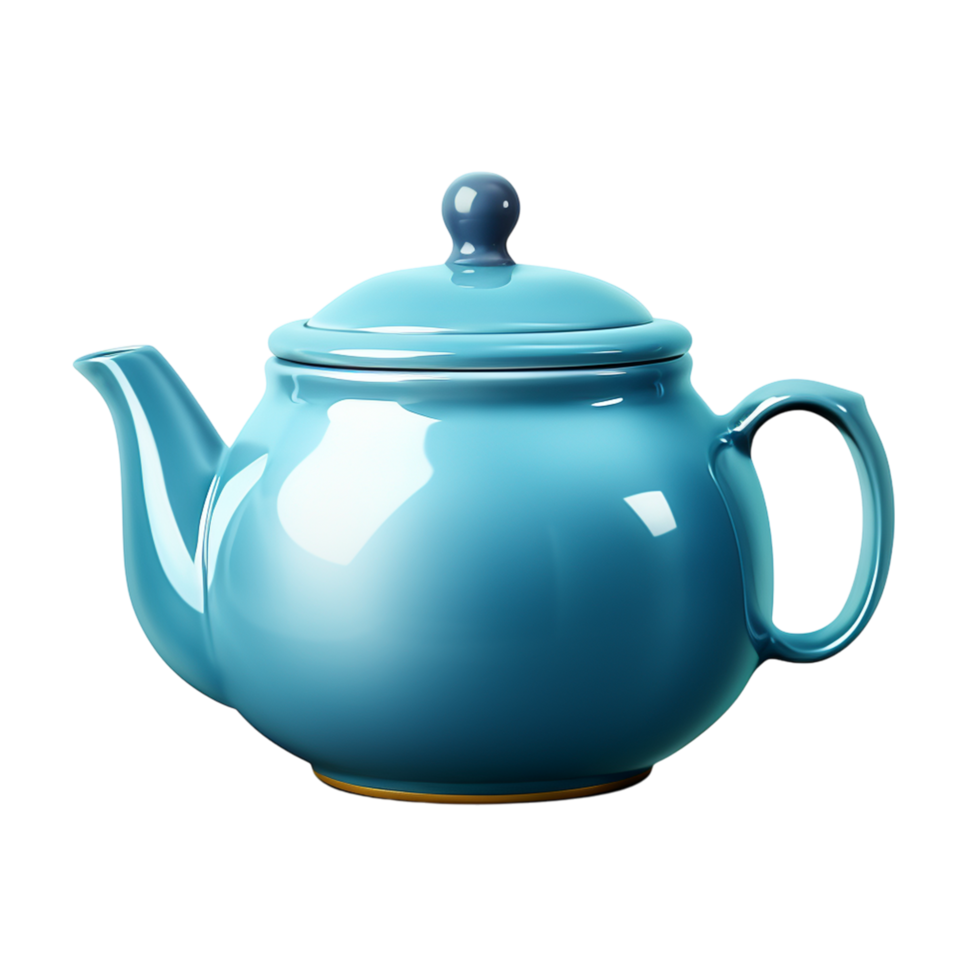In an era dominated by advanced gadgets and stylish designs, classic cookware stands as a symbol to the enduring principles of excellence and functionality in the kitchen. The charm of classic materials like cast iron, copper, and carbon steel not only adds a touch of nostalgia to meal preparation but also improves the cooking experience, allowing home chefs to produce high-quality results. Whether you're a seasoned culinary expert or a rookie looking to deepen your skills, embracing classic cookware can revolutionize your approach to cooking.
The allure of these enduring pieces lies in their ability to distribute heat evenly and hold it, boosting flavors and texture in ways that modern nonstick alternatives often cannot replicate. From the sturdy cast iron skillet that generations have used for various tasks including frying to baking, to the stylish enameled Dutch oven perfect for slow-cooked stews, classic cookware offers longevity and flexibility. Join us as we explore why classic cookware still reigns in modern kitchens and uncover the critical pieces every home chef should consider for their collection.
A Enduring Appeal of Traditional Culinary Tools
Traditional culinary tools has an everlasting charm that continues to captivate both novice cooks and experienced chefs similarly. Its sturdy construction and reliable performance have made it a staple in kitchens for ages. From the rustic warmth of cast iron to the elegant functionality of copper, these timeless pieces not just elevate the cooking experience but also link us to cooking traditions that have endured through time.
One of the primary reasons classic cookware maintains its popularity is its versatility. It can seamlessly transition from stovetop to baking and even to the dining table, often doubling as a serving dish. Many classic pieces, such as glazed Dutch ovens, are designed to handle high heat while offering superior heat distribution, ensuring uniform cooking results. https://www.atmohomeware.com.au/ allows amateur cooks to prepare a wide range of dishes, from hearty stews to fine sauces, with assurance.
In addition to their practical benefits, classic cookware pieces often carry a certain nostalgia. They remind us of family meals shared with family and the warm aromas that fill the home. Antique and heirloom cookware often tell stories of the past, making cooking feel like a cherished ritual. This sentimental connection only adds to the appeal of classic cookware, making it a favorite choice for those seeking to create fine dining meals in their own kitchen.
Crucial Iconic Cookware Pieces for All Culinary Space
Every kitchen requires crucial traditional cookware that stands the test of time. A iron skillet is at the peak of this collection, known for its exceptional ability to retain heat and flexibility. From searing eggs to baking cornbread, a properly seasoned cast iron skillet can manage all tasks, delivering high-quality meals right at home. Its inherent nonstick finish improves with age, making it a top pick for home and professional chefs alike.
An additional vital component is the enameled Dutch oven, perfect for cooking, baking, and simmering. Its heavy-duty construction ensures consistently even heating, which boosts taste while preserving moisture. With a range of stunning colors, an Dutch oven also doubles as an appealing serving dish, smoothly transitioning from stove to table. This blend of functionality and style makes it an essential item in any kitchen.
Finally, a good stainless steel saucepan should be considered. Perfect for sauce preparation or cooking pasta, stainless steel offers strength and protection to scratches and rust. Seek out a well-constructed option with an aluminum or copper core to improve heat conductivity. This classic piece allows for precise heat management, critical for making exquisite recipes, ensuring that every meal is cooked to flawless standards.
Caring for & Restoring Classic Cooking Utensils
Looking after vintage cookware necessitates a gentle touch and a bit of knowledge. Begin by examining the piece for any signs of damage, such as cracks or chips, which can influence its performance. Clean the cookware meticulously using warm, soapy water along with a non-abrasive sponge. Avoid harsh chemicals that can remove the finish or protective seasoning. For cast iron, a bit of scrub with coarse salt can help get rid of stubborn residues without damaging the surface.

Restoring vintage cookware often entails seasoning, especially for cast iron. After cleaning, confirm the piece is completely dry before applying a light layer of vegetable oil or melted shortening on its surface. Preheat your oven to 350 degrees Fahrenheit, set the cookware flipped on the middle rack (with foil beneath to catch drips), and bake for about an hour. This process creates a non-stick surface and enhancing the cookware's durability and flavor-enhancing properties.
For those handling porcelain or copper cookware, restoration may emphasize polishing and addressing tarnish. Use a specialized cleaner advised for the specific material to bring back its shine. Additionally, look out for any seams or handles that might require tightening. Putting in time in restoring vintage cookware not only extends its lifespan but also enhances your cooking experience, allowing you to make restaurant-quality meals in your kitchen.
